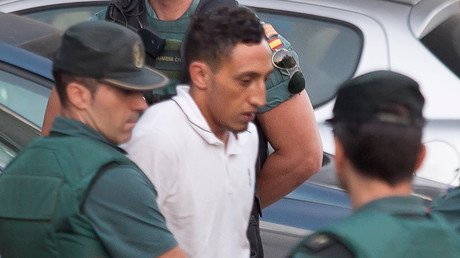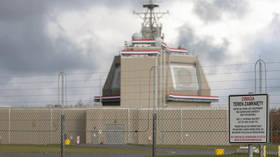Catalonia attackers avoided checks designed for detecting terror threats – Spanish minister

The terrorists who killed 16 people and injured 120 others in Barcelona and Cambrils in mid-August probably managed to evade specialized security controls to detect potential threats, Spain's interior minister has conceded.
“It’s true that these controls exist,” Juan Ignacio Zoido said in an interview with Spanish radio Monday as cited by Reuters.
“It's possible some checks weren’t made in this case and we will have to determine how we can avoid this happening again,” he emphasized.
Zoido didn’t specify what type of measures are being used by Spanish law enforcers to detect terrorist threats.
The terrorist cell, based in the Catalan town of Alcanar, was able to avoid the controls, among other things, managing to acquire 120 gas canisters without attracting the attention of authorities.
None of those involved in the attacks on August 17 and 18 had raised suspicion previously, the minister said.
Muslim cleric, Albdelbaki Es Satty, who is suspected to have radicalized the group, was monitored by authorities after spending two years in prison for drug trafficking, but no evidence has so far been uncovered linking him to the events in Barcelona and Cambrils, Zoido added. Satty and another cell member died on August 16 when the gas canisters accidentally blew up, destroying the terrorist hideout and their sinister bombing plan.
Police believe that, following the incident, the remaining perpetrators were forced to abandon their initial plan to stage bombings at Barcelona’s top tourist attractions and opted to carry out ramming and knife attacks instead.
Zoido also rejected claims that an opportunity to foil the Barcelona and Cambrils plot shortly after the Alcanar blast was lost due to poor cooperation between the Catalonia police and the national police. He stressed that national and Catalan security forces had worked closely together, but added that “a very meticulous analysis” of their communications will still be carried out.
READ MORE: 2 suspects in Spain’s terrorist attacks sent to jail, 1 released
Catalan police initially suspected that the explosion was a result of a gas leak or an accident at a narcotics laboratory. Police and judicial sources told Reuters last week that a bomb squad was sent to the scene in Alcanar only 10 hours after the blast and that relevant information was not passed to the national police which has more anti-terrorism experience.
On August 17, a man plowed a van through a crowd in Barcelona, killing 14 people and injuring over 100 others. Several hours later, a midnight ramming and stabbing attack took place in the nearby coastal town of Cambrils. One person was killed and five others wounded.













